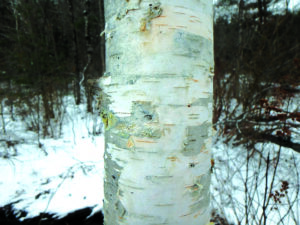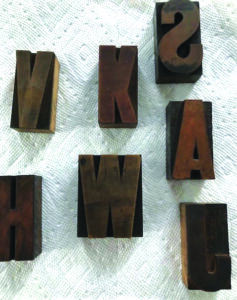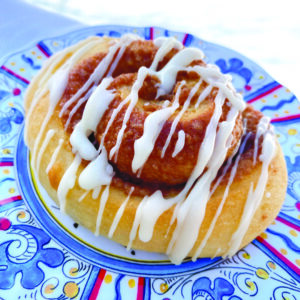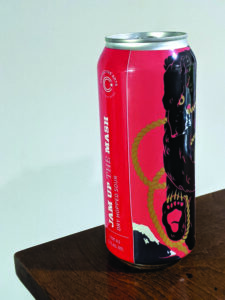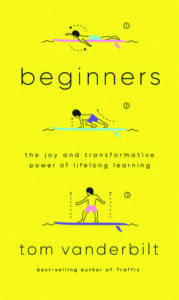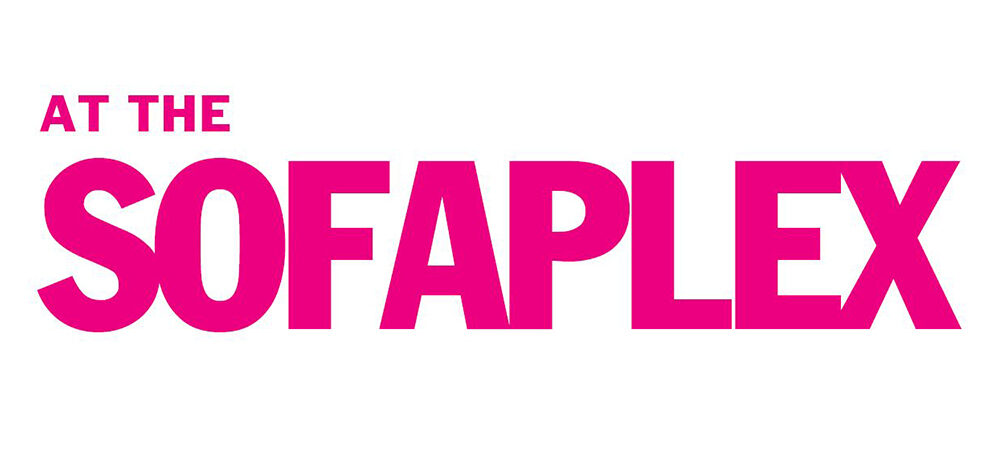| Covid-19 update | As of January 11 | As of January 18 |
|---|---|---|
| Total cases statewide | 52,307 | 57,864 |
| Total current infections statewide | 6,118 | 6,444 |
| Total deaths statewide | 869 | 933 |
| New cases | 4,979 (Jan. 5 to Jan. 11) | 5,557 (Jan. 12 to Jan. 18) |
| Current infections: Hillsborough County | 2,217 | 2,262 |
| Current infections: Merrimack County | 618 | 585 |
| Current infections: Rockingham County | 1,237 | 1,362 |
Covid-19 news
On Jan. 15, Gov. Chris Sununu issued Emergency Orders No. 81 and No. 82. Emergency Order No. 81 extends the statewide mask mandate through March 26 for everyone over the age of 5 in both indoor and outdoor public spaces where social distancing is not possible. The extension comes as state health officials continue to report between 750 and 800 new infections per day on average. The mandate, which has been in effect since Nov. 20, has a few exceptions, including anyone with a medical condition or disability preventing them from wearing a mask, anyone engaged in strenuous physical activity, or anyone asked to remove a mask or face-covering to verify his or her identity for lawful purposes.
Emergency Order No. 82 is an order extending Emergency Order No. 52, which had been issued last June. Emergency Order No. 52 is an order regarding public health guidance for business operations and advising Granite Staters they are safer at home. The advisory had been set to expire on Jan. 15, but Emergency Order No. 82 has now extended it through March 26.
Starting on Jan. 22, individuals in Phase 1B of the state’s vaccine distribution plan can start scheduling appointments to receive their first dose, with the vaccine administrations themselves beginning on Jan. 26. State health officials have recently adjusted the eligibility of Phase 1B to now include everyone over the age of 65, per CDC recommendations. Corrections officers and staff, medically vulnerable people with two or more high-risk health conditions, and first responders and health care workers not already vaccinated also fall under Phase 1B. Visit vaccines.nh.gov or call your health care provider to schedule your appointment.
Education news
The New Hampshire Department of Education announced two new initiatives last week. First, residents who want to take the high school equivalency exam — the HiSET, which has been used in New Hampshire since 2014 — can now register, pay and schedule their test online, according to a press release. The eRegistration system will allow for more flexibility, including access to multiple testing sessions in different testing centers. Testing is open to any resident age 18 or older, and the exam can now be taken either at a test center or at home. A High School Equivalency Certificate is issued by the Department of Education upon successful completion of the exam. The Department of Education also announced a first-in-the-nation partnership that will provide free tutoring to New Hampshire high school students through schoolhouse.world, a platform that connects people around the world to free small-group tutoring sessions. According to a press release, schoolhouse.world was created by Sal Khan, founder of Khan Academy, and Shishir Mehrotra, cofounder and CEO of Coda, to help teachers, parents and students during remote and hybrid at-home learning. “Sal Khan is a legend in education, known mostly for the Khan Academy, which supports over 100 million students around the world,” New Hampshire Commissioner of Education Frank Edelblut said in the release. “Now New Hampshire students will have access to this live support and the ability to mentor other students. It is a timely solution that addresses so many needs.” Schoolhouse.world currently offers tutoring in high school math and SAT prep but plans to expand to more ages and topics.
Eviction education
A free weekly online Eviction Clinic is now available to the public, offered by New Hampshire Legal Assistance and the Legal Advice and Referral Center. According to a press release, the sessions started Jan. 20 and will continue each Wednesday for the rest of January and all of February via Zoom from 7 to 8:30 p.m., plus two afternoon sessions that will be held from 2 to 3:30 p.m. on two of those Wednesdays. (The schedule and Zoom link to attend will be available at nhla.org and NHLA’s Facebook page; registration is not required.) During the clinics, attorneys and paralegals will provide free legal information on tenants’ rights during the eviction process and will answer general questions. Legal aid advocates expect the number of evictions to increase when the federal eviction moratorium ends Jan. 31, according to the release.
Charles and Mabel Niebling have been named the 2021 Outstanding Tree Farmers of the Year for their 67-acre tree farm in Boscawen, the New Hampshire Tree Farm Program announced in a press release. As a certified tree farm, it has a written management plan that focuses on improvements for all four pillars of the program: wood, water, wildlife and recreation. Some elements of the Nieblings’ plan include improving the quality of timber, protecting wetlands, creating diverse wildlife habitats and providing a recreational resource for hiking, bird-watching, hunting, snowmobiling and horseback riding, the release said.
The Zonta Club of Concord has launched a vaccination education campaign, distributing “Can’t Wait to Vaccinate” pins in the greater Concord area, according to a press release. As part of its efforts, on Jan. 15 the Club presented 350 of its “Got the Shot” pins to staff and residents of the NH Veterans Home in Tilton.
Around 4:30 a.m. on Jan. 17, the Manchester Fire Department was called to the Queen City Bridge to put out a fire on top of and below the bridge that was caused by a propane construction heater, according to a press release. The heater was inside a temporary wooden structure that had been built as part of bridge repair construction and was operating at the time of the fire. The bridge was not damaged in the fire, according to the release.
Isabel Povey of Hampstead helped collect and donate 646 coats this winter and dropped them off last week at the Nashua Anton’s Cleaners, which is one of the locations in New Hampshire that is hosting the Coats for Kids program, according to a press release. Gently used warm winter coats are still being accepted through the end of February at any New Hampshire Anton’s Cleaners, Jordan’s Furniture or Enterprise Bank.












